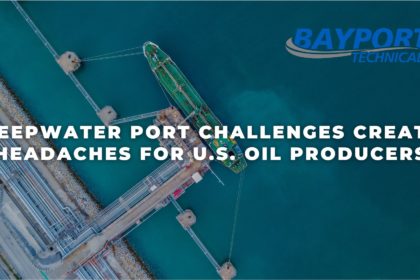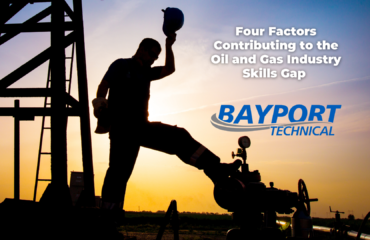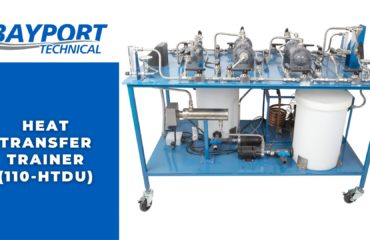
If you only listen to politicians, you might think that the U.S. is utterly dependent upon foreign countries to feed its demand for fossil fuels. However, U.S. oil production continues to increase and domestic oil companies have been exporting oil to Europe and Asia for many years now.
In fact, over the course of the last decade, domestic shale oil has led the production boom. According to a recent Reuters article, author Arathy Somasekhar notes that, in the wake of the shale oil boom, “an oil pipeline company pitched an ambitious multi-billion-dollar export port off the Texas coast to ship domestic crude to buyers in Europe and Asia.”
That deepwater port, known as Sea Port Oil Terminal or SPOT, recently “became the first project to receive a license from the U.S. maritime regulator for a deepwater port that could load two supertankers, each of which can carry up to 2 million barrels of oil at a time.”
Sadly, this could be a case of too little, too late, as “multi-year regulatory delays, a loss of commercial backers and slowing U.S. shale production has left SPOT…and its three rival projects without any secured customers.”
Moreover, SPOT’s “cost has soared to about $3 billion…from an original estimate of $1.85 billion.” This has led to “[s]hale producers and traders…balking at the higher-than-expected loading fees for new projects even if they are able to fully load supertankers.”
According to Somasekhar, “[a] deepwater port allows customers to load oil directly onto a supertanker, eliminating the additional cost of loading the oil on smaller ships at shallower ports and then transferring the crude from the smaller vessels to larger ones.”
One would think more deepwater ports are needed, since there’s currently only “one U.S. offshore port – called the Louisiana Offshore Oil Port – that can fully load supertankers. However it primarily handles oil produced in the Gulf of Mexico and has few pipes that link to the top U.S. shale field, the Permian, in West Texas.”
Somasekhar notes that “SPOT’s largest target would be moving shale oil.” However, “slowing shale output gains have created uncertainty for shippers.” Moreover, “existing facilities can handle as much as another 1.5 million barrels, though port congestion could limit that number.” As a result, planned deepwater ports like SPOT find themselves in limbo right now.
Despite the current concerns, at least “three other deepwater port projects along the Texas coast…have sought U.S. approvals for offshore ports. So far, none have received licenses.” Experts believe “[b]etween the current dock capacity along the U.S. Gulf Coast, and the most aggressive production projections, it appears that one, at most two, could proceed.”
While the future of additional deepwater ports off the Texas coast remain in doubt, it’s clear that experts still expect U.S. oil production to continue to increase in years to come. This is good news for the oil and gas industry, which has been beset with a variety of challenges posed by the gaining popularity of alternative energy sources and electric vehicles.
As oil and gas companies work to adapt to new challenges, they will continue to need highly skilled workers to work in new facilities, such as planned deepwater ports. Given the ongoing skills gap across all major industries, oil and gas companies will need to focus on hiring highly skilled workers and training current workers with the skills they need to succeed.
So how do oil and gas companies improve their focus on technical skills? For new and current employees, the answer is technical training. Oil and gas workers need both fundamental knowledge and hands-on technical skills with real industrial equipment they’ll encounter on the job. Be sure to check out Bayport Technical’s wide variety of hands-on oil and gas training systems to take your oil and gas training to the next level!



